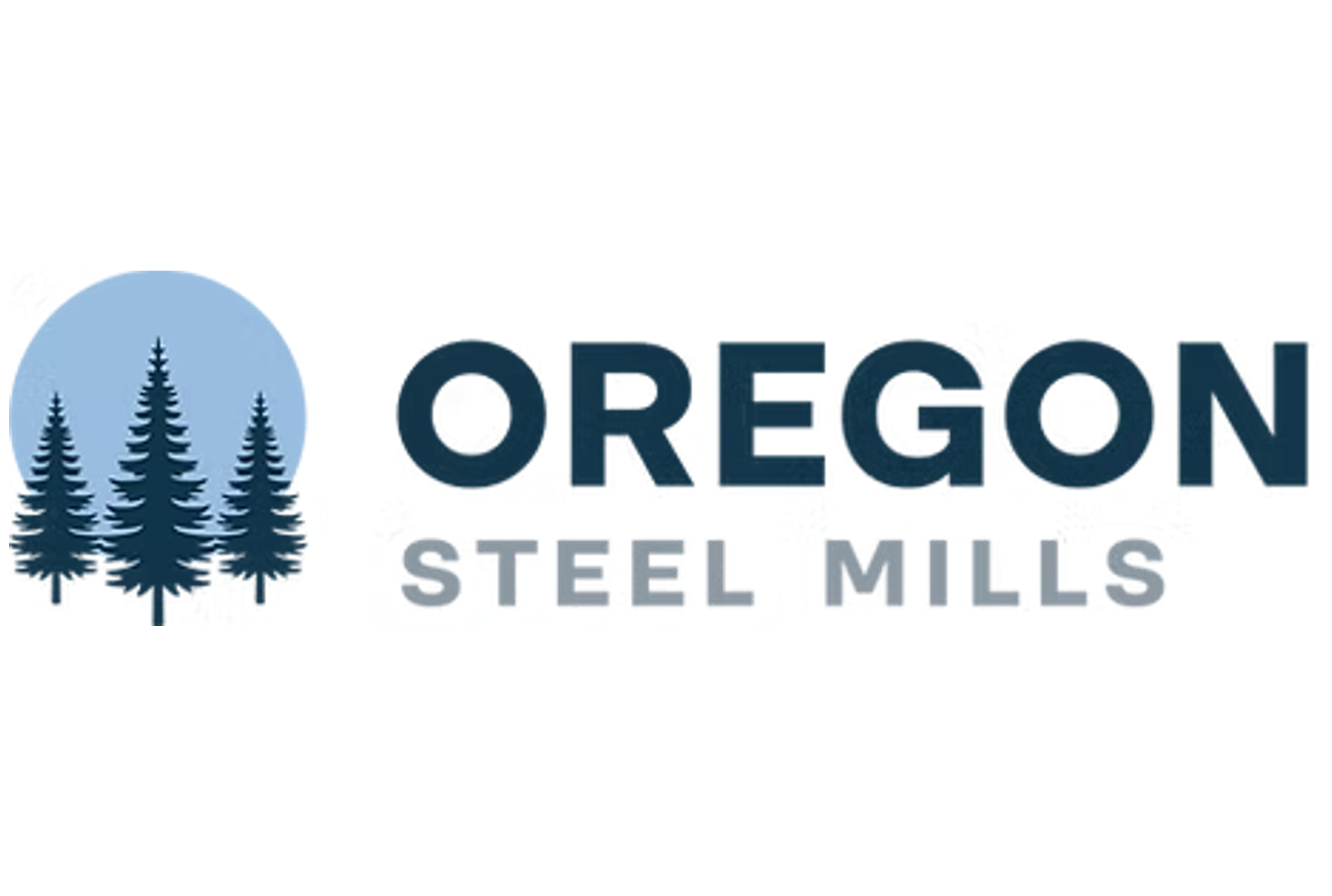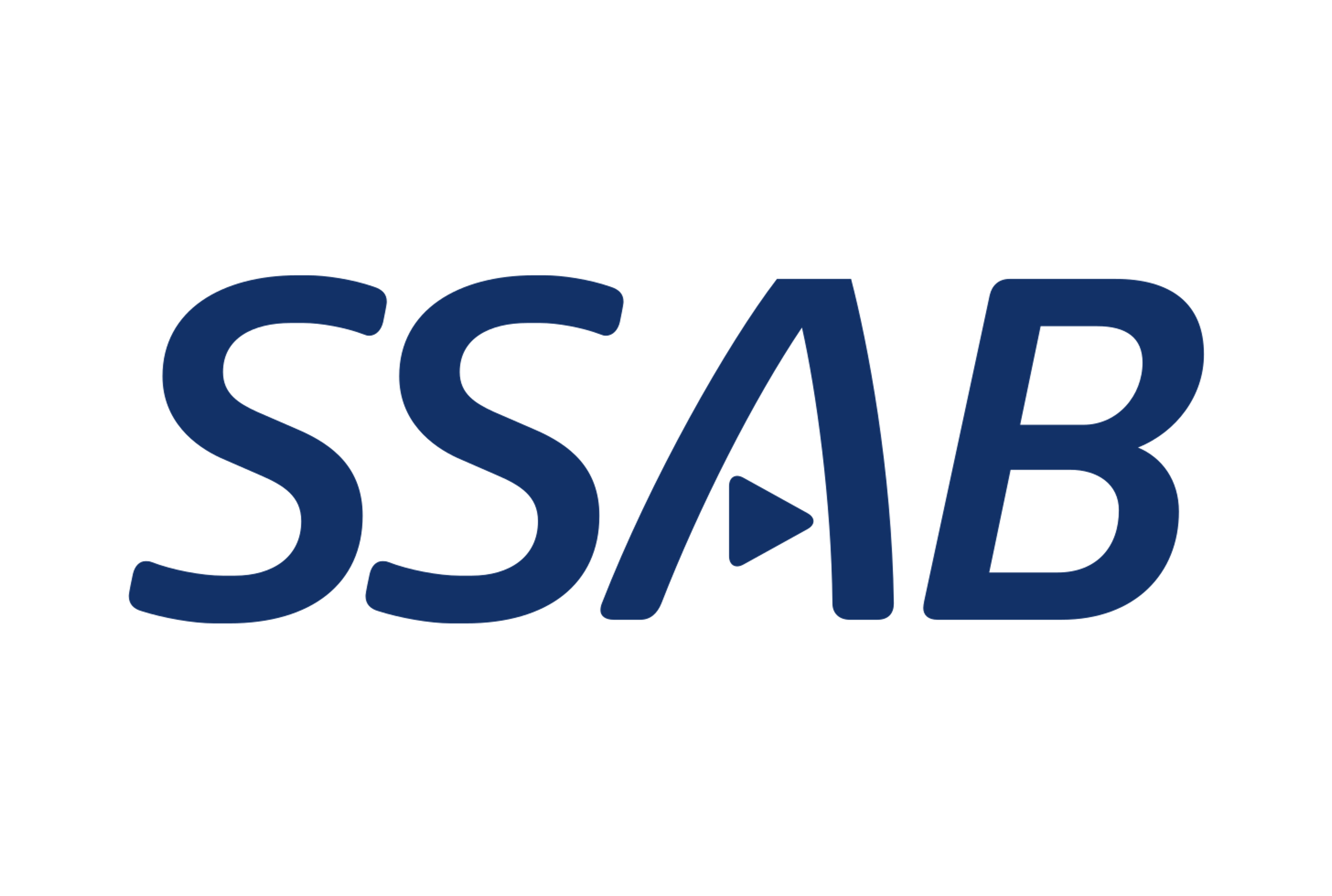Analysis

October 23, 2020
Behlen CEO Sees Strength in Ag Market
Written by Tim Triplett
The agriculture market in the Midwest is on course for a profitable year despite the historic pandemic and a historic storm earlier this summer. Farmers are in the fields more than halfway done with a successful harvest. Grain prices are decent and, combined with government subsidies, “it sounds like net farm income is going to be pretty good this year,” said Phil Raimondo, president and CEO of Behlen Manufacturing. Co. in Columbus, Neb. Behlen is a fabricator and manufacturer of metal buildings and products for the ag market such as grain bins and ranching equipment.
Parts of the Midwest are still recovering from the “derecho,” an unusually widespread and violent storm with 120 mph winds, rain and tornadoes that swept over a dozen states on Aug. 10-11, causing $7.5 billion in damage. Behlen saw a small uptick in sales of farm storage equipment following the storm, but it wasn’t a major factor for the company.
A decade ago, sales of grain bins accounted for nearly 25 percent of Behlen’s overall business. Today that figure is just 5 percent, Raimondo said. Why? Demand from farmers tends to cycle up and down with the weather and commodity prices, which have been unfavorable in the past 6-8 years. Behlen is more focused today on the commercial side of the business, including exports, which subject the company to fluctuations in currency values. “Low commodity prices and the strong dollar are overriding negative factors for our business,” he said.
Making up the difference has been a 25 percent bump in sales of lower ticket items such as livestock gates, tanks and feeders, some of which are sold in retail establishments. “Stock tanks used to have two applications, to water livestock and to hold ice and beer at a frat house. Today, the do-it-yourselfers have found all kinds of uses for them in the garden,” he said.
Overall, Raimondo estimates Behlen’s sales will be up by 5 percent this fiscal year, despite the COVID pandemic. Some employees have tested positive for the virus, in spite of the company’s best efforts with deep cleaning, masks, work-at-home schedules and social distancing. All have recovered and returned to work. Production at the plant has never stopped. “The general attitude is that everyone really wants this to be over, but we are trying to do everything we can to remind them it’s serious.”
A good year for the farmers usually foretells a good year for steel. “The farmers will have money to spend. The only thing farmers hate more than not making money is giving any to the government, so they will buy a new truck or tractor before they pay a tax if they can help it. I expect December to see a pretty good round of buying activity for ag.”
He added: “We feel very fortunate, given all the challenges this year.”







